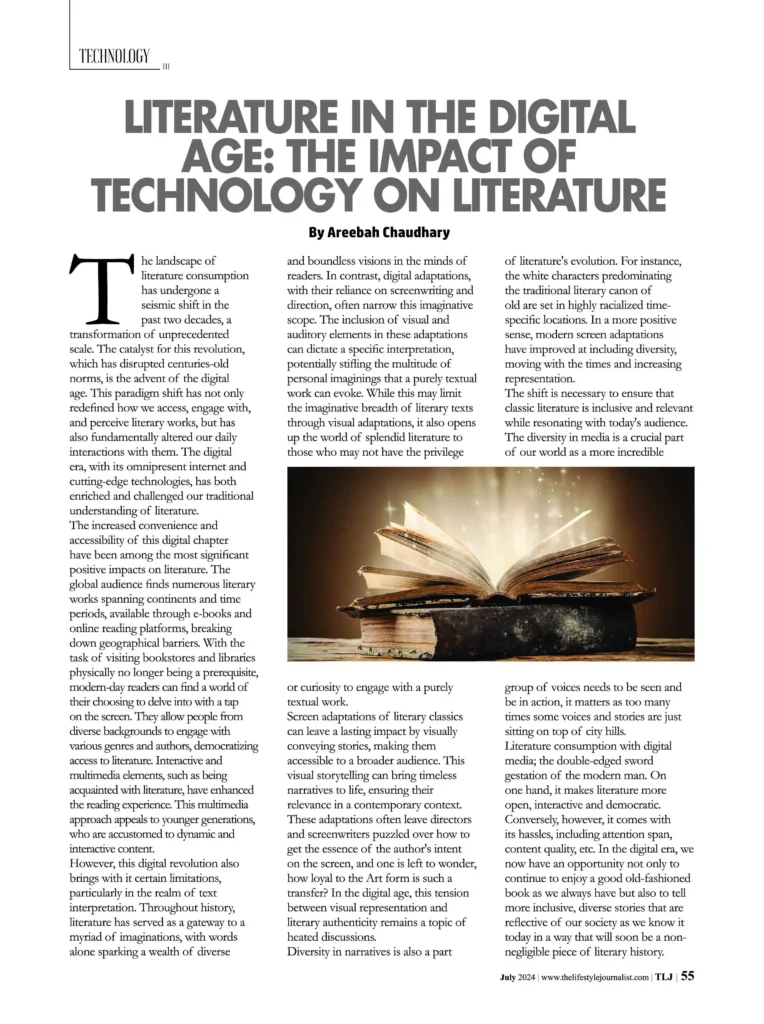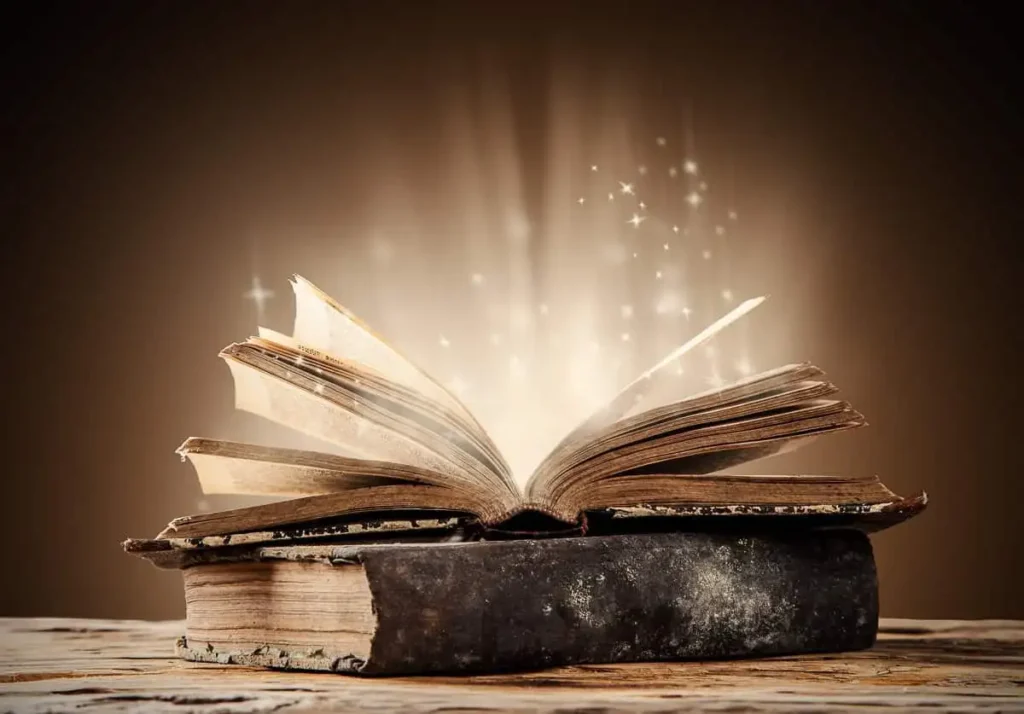The landscape of literature consumption has undergone a seismic shift in the past two decades, a transformation of unprecedented scale. The catalyst for this revolution, which has disrupted centuries-old norms, is the advent of the digital age. This paradigm shift has not only redefined how we access, engage with, and perceive literary works, but has also fundamentally altered our daily interactions with them. The digital era, with its omnipresent internet and cutting-edge technologies, has both enriched and challenged our traditional understanding of literature.
The increased convenience and accessibility of this digital chapter have been among the most significant positive impacts on literature. The global audience finds numerous literary works spanning continents and time periods, available through e-books and online reading platforms, breaking down geographical barriers. With the task of visiting bookstores and libraries physically no longer being a prerequisite, modern-day readers can find a world of their choosing to delve into with a tap on the screen. They allow people from diverse backgrounds to engage with various genres and authors, democratizing access to literature. Interactive and multimedia elements, such as being acquainted with literature, have enhanced the reading experience. This multimedia approach appeals to younger generations, who are accustomed to dynamic and interactive content.
However, this digital revolution also brings with it certain limitations, particularly in the realm of text interpretation. Throughout history, literature has served as a gateway to a myriad of imaginations, with words alone sparking a wealth of diverse and boundless visions in the minds of readers. In contrast, digital adaptations, with their reliance on screenwriting and direction, often narrow this imaginative scope. The inclusion of visual and auditory elements in these adaptations can dictate a specific interpretation, potentially stifling the multitude of personal imaginings that a purely textual work can evoke. While this may limit the imaginative breadth of literary texts through visual adaptations, it also opens up the world of splendid literature to those who may not have the privilege or curiosity to engage with a purely textual work.
Screen adaptations of literary classics can leave a lasting impact by visually conveying stories, making them accessible to a broader audience. This visual storytelling can bring timeless narratives to life, ensuring their relevance in a contemporary context. These adaptations often leave directors and screenwriters puzzled over how to get the essence of the author’s intent on the screen, and one is left to wonder, how loyal to the Art form is such a transfer? In the digital age, this tension between visual representation and literary authenticity remains a topic of heated discussions.
Diversity in narratives is also a part of literature’s evolution. For instance, the white characters predominating the traditional literary canon of old are set in highly racialized time-specific locations. In a more positive sense, modern screen adaptations have improved at including diversity, moving with the times and increasing representation.
The shift is necessary to ensure that classic literature is inclusive and relevant while resonating with today’s audience. The diversity in media is a crucial part of our world as a more incredible group of voices needs to be seen and be in action, it matters as too many times some voices and stories are just sitting on top of city hills.
Literature consumption with digital media; the double-edged sword gestation of the modern man. On one hand, it makes literature more open, interactive and democratic. Conversely, however, it comes with its hassles, including attention span, content quality, etc. In the digital era, we now have an opportunity not only to continue to enjoy a good old-fashioned book as we always have but also to tell more inclusive, diverse stories that are reflective of our society as we know it today in a way that will soon be a non-negligible piece of literary history.


